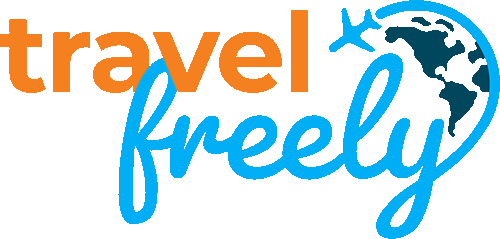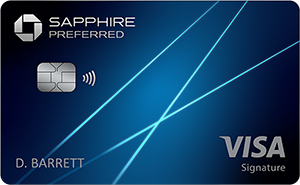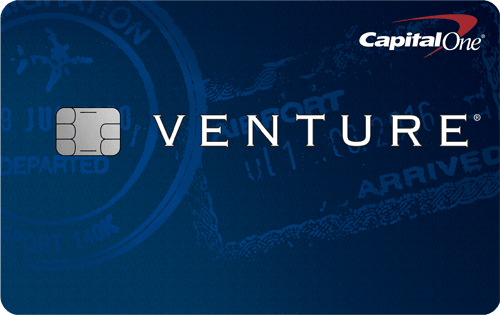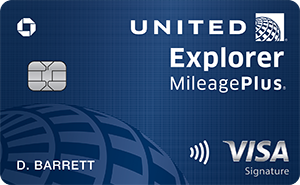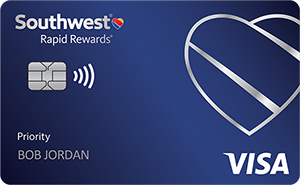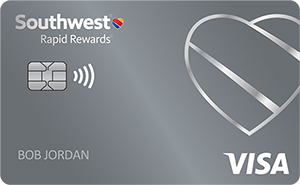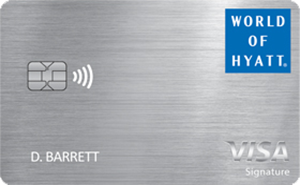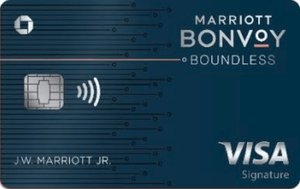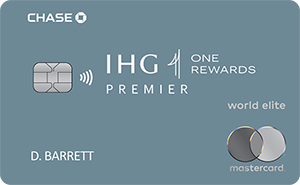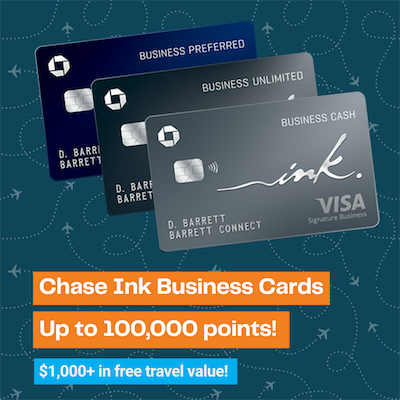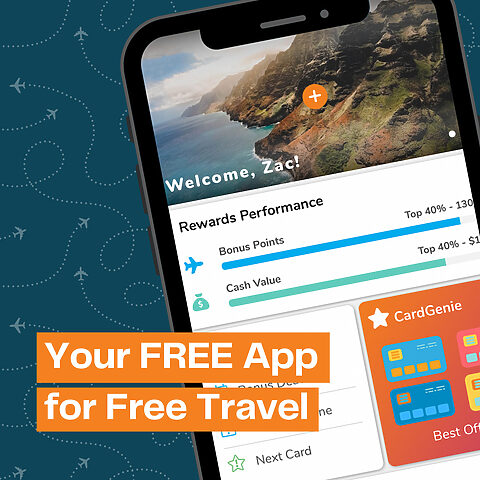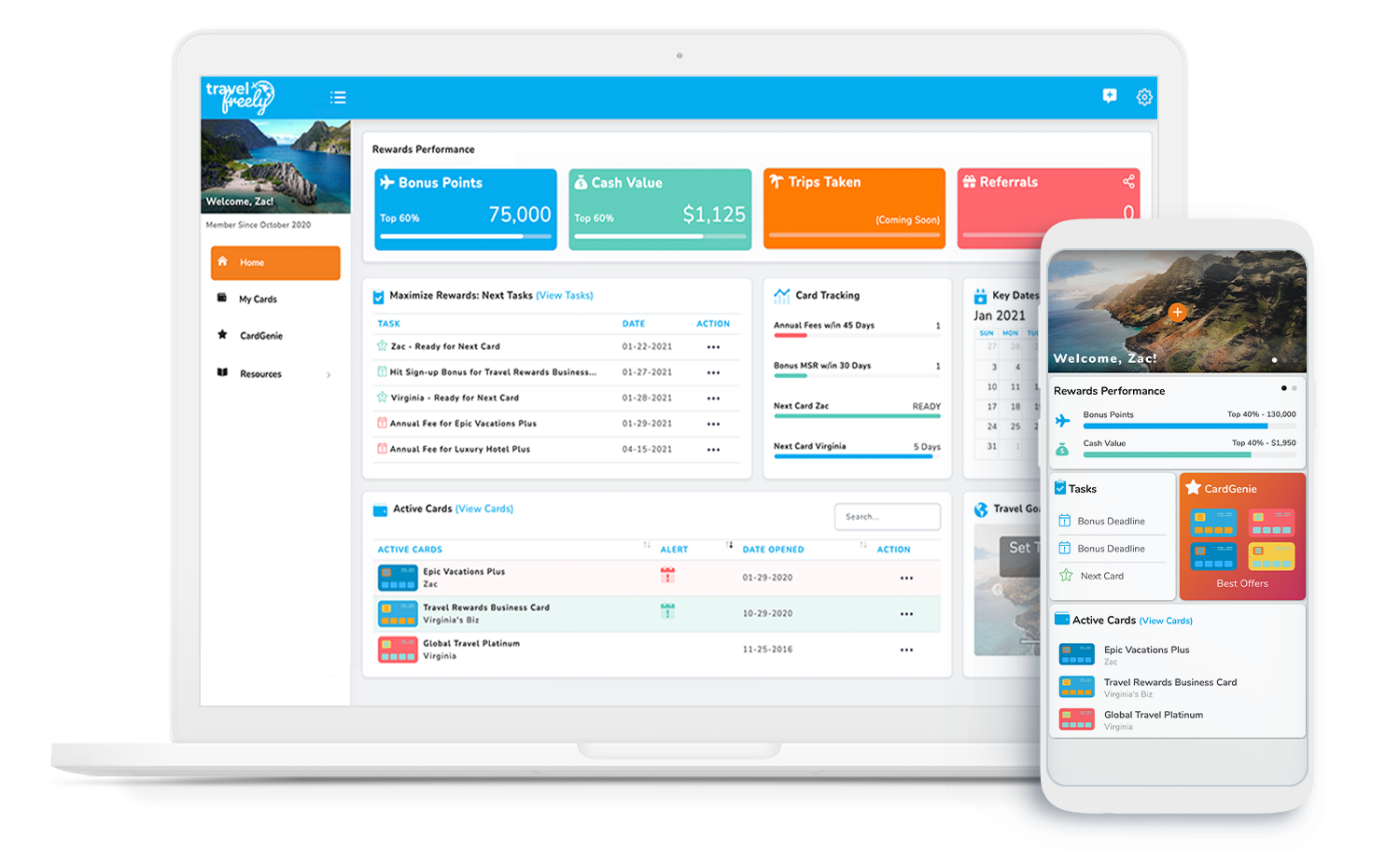This is part of a series of Beginner Card Plans for people getting started with free travel. The ones below are also available:
- Solo Beginner with Business Credit Card Plan: 400,000+ points
- Couple Credit Card Plan: 600,000+ points
First of all, the goal with a beginner credit card plan is to give those who need long-term vision on a plan for earning rewards through credit card signups. Keep in mind that the “best” plan depends on many factors, and offers can always change.
Financial Factors: Have good credit? How much monthly spending can you put on a credit card (use our calculator for help)? Also, how do you pay your balance in full each month? Have you considered your big expenses (insurance, appliances, taxes) that come up throughout the year that can possibly be paid with a credit card?
Personal Factors: Do you have your own business so that you can sign up for business cards (Not sure? Read: Am I Eligible for a Business Card)? How about a partner who can also apply for credit cards? What kind of traveler are you and what kind of free travel do you want? airlines and hotels do you like? are your travel goals and preferences?
All of those factors lead to a specific plan, but I want to make a few assumptions for a beginner so this plan can be as helpful as possible.
Note: These articles were inspired by Frequent Miler and any content used from that site is used with permission.
Beginner credit card plan: Over 225,000 points in 15 months ($3,000 value)
Assumptions
- Good credit score
- Hasn’t applied for any new credit cards in the past few years.
- Puts an average of $1,500 per month on credit cards
- Does not have a business
- Relationship status: single
- Travels domestically, but wants to do more. Interested in traveling internationally 1-2 times per year.
- Wants a simple approach to earning and spending rewards.
- Has never had any of these cards before
The information above serves as the reasoning for this plan…
Plan overview
Furthermore, the easiest and quickest way to amass points and miles is through credit card signup bonuses. Despite common beliefs, this won’t hurt your credit score long term as long as you pay your credit card bills in full each month. Also, avoid charging near your limit so your credit utilization is low relative to the amount of your available credit. In fact, many people see their credit score increase a few months after starting to sign up for multiple cards.

When you get started, if all goes well you’ll earn lots of rewards and your credit score will go up a bit (or remain relatively stable). On the other hand, once you’ve signed up for a bunch of cards, it will be harder to get approved for new cards from certain banks. Chase, in particular, has the dreaded 5/24 Rule. If you have opened 5 or more personal cards in the past 24 months, from any bank, Chase won’t approve you for any more cards. However, Chase business credit cards do not count towards your 5/24 total. Note: When you sign up for Travel Freely, there is a 5/24 counter on the card dashboard.
Therefore, anyone considering signing up for a bunch of credit cards should think seriously about starting with Chase. Chase has quite a few outstanding cards and it would be a shame to lose your ability to get those cards due to signing up for cards first from other banks.
For the above reasons, the plan put together focuses first on obtaining the Chase Sapphire Preferred card, then the Capital One Venture card, and a number of “must-have” Chase cards:
Chase Cards:
- Sapphire Preferred: Earn 3x Ultimate Rewards points for dining and 2x for travel. Points worth 1.25 cents each towards travel. Points are transferable to a number of airline and hotel programs, including Southwest, United, and Hyatt. There is a premium version of the Sapphire card called the Chase Sapphire Reserve. However, it comes with a $550 annual fee. Check our Preferred vs. Reserve article to compare.
- Capital One Venture Rewards Credit Card: Great card overall for solid rewards for all spend, plus the ability to transfer rewards to airline miles.
- United Explorer: If choosing the United Explorer, consider downgrading to the no-fee United card at the end of the first year, which preserves this card’s best features: Improved economy saver award availability, and last seat standard economy award availability.
- Southwest Priority or Plus: Normally these cards have the same bonus. It’s just a matter of deciding if the benefits for the Priority justify the higher annual fee.
- Hotel Card: Choose between World of Hyatt, Marriott Bonvoy Boundless or IHG Premier: Consider keeping the card for the long-term, especially because of the annual free night certificate.
Also note that Chase offers cards from three hotel chains: Hyatt, IHG, and Marriott. Keep in mind that Amex also offers a Marriott card, so once you are over 5/24 it’s still possible to pick up a new Marriott card (the Amex version), but not an IHG or Hyatt card.
A no-business-card plan
The scenario here is that the reader doesn’t have a business and therefore can’t or won’t apply for business cards. It’s important to consider this decision carefully before proceeding. By ignoring business cards, you’ll miss out on signing up for Chase business cards. These are some of the best rewards cards out there.
Many people are hesitant to open business cards because it seems daunting. If you are interested in business cards, make sure to read these articles a) Am I Eligible for a Business Credit Card? and b) Amazing Chase Ink Business card offers. If you decide you want to open business credit cards, switch to this plan: Beginner with Business Credit Card Plan.
How much spend?
Most credit card offers require meeting spend requirements in order to earn a signup bonus. And, in most cases, 3 months is the magical amount of time you have to meet those requirements. So, let’s look at how much spend our fictional person can achieve in three months:
Since the fictional person spends $1500 per month on credit cards, he/she already spends $4500 every 3 months. This is enough to hit the minimum required spending to achieve the sign-up bonus for any of the cards listed.
Preparation
Firstly, before signing up for any new cards, make sure you sign up for Travel Freely (it’s free). This is our free web-based tool that walks you through the process of signing up for cards to earn big bonuses. The tool keeps track of your cards including your 5/24 status, alerts you when time is running out to complete minimum spend, alerts you when annual fees are nearly due, and much more. Best of all, it’s free. =)
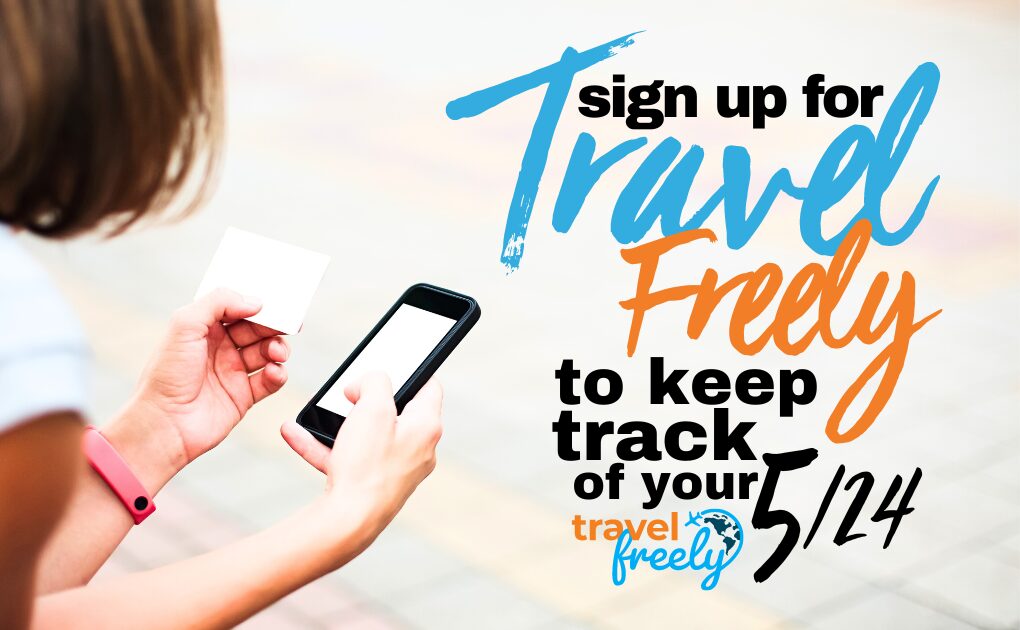
Beginner Credit Card Plan, First Card:
Chase Sapphire Preferred (Learn More)
The Sapphire Preferred is Travel Freely’s #1 rated card for beginners. It earns Chase Ultimate Rewards that are have high value and flexibility. You can redeem points easily in the Chase Travel Portal or transfer to many well-known hotel and airline transfer partners (including Southwest, United, Marriott, and Hyatt). Here’s more about why we like this card and a Comprehensive Guide to Chase Ultimate Rewards.
The following display shows the current Sapphire Preferred offer at the time you read this on the web:
Beginner Credit Card Plan, Second Card:
Apply for this one 91 days after the last set card. If you’re using Travel Freely, you’ll get an email reminder that you’re ready to apply for new cards. Waiting 91 days is best so that the small hit to your credit report caused by the first card should have largely dissipated. In fact, it is common to find that your credit score is higher by this point than it was when you began.
Capital One Venture Rewards Credit Card (Learn More)
The Capital One Venture Rewards Credit Card is particularly good for those starting out with credit card rewards. This card earns 2X everywhere, and points (they call them “miles”) are very easy to redeem. Simply charge travel to your card and then you can use “miles” to reimburse yourself those statement charges at a value of 1 cent each. As you get more advanced, you can alternatively transfer points to airline partners. Hence, if you know what you’re doing, this can lead to far more value from your points. Here’s more about why we like this card and a Comprehensive Guide to Capital One Miles.
The following display shows the current Capital One Venture Credit Card offer at the time you read this on the web:
Best "easy to use" starter card (or complement to the Chase Sapphire Preferred) for those who don't want to think when it comes to earning and redeeming miles.
Note: Capital One can be hard on approvals for those who have opened many new accounts. Even if you do have an excellent credit score, you can sometimes be denied.
Beginner Credit Card Plan, Third Card:
Apply for this one 91 days after the last card. If you’re using Travel Freely, you’ll get an email reminder that you’re ready to apply for new cards.
Chase United Explorer Card (Learn More)
This card’s sign-up bonus can fluctuate based on the time of year. It could be good to skip this card and move on to the Southwest card if the offer is low. A low sign-up bonus for the United Explorer card is 30,000 – 40,000 miles.
The following display shows the current United Explorer card offer at the time you read this on the web:
A great choice for United fans with an increased signup bonus. You'll also get access to United saver level economy awards, free first checked bag and priority boarding.
Beginner Credit Card Plan, Fourth Card:
Apply for this one 91 days after the last set of cards. If you’re using Travel Freely, you’ll get an email reminder that you’re ready to apply for new cards.
Chase Southwest Priority or Plus Credit Card (Learn More)
The Southwest Priority card has the highest annual fee for amongst all Southwest personal cards, but frequent Southwest flyers will love it, also it has a lot of extra benefits, plus the great sign-up bonus. The Southwest Plus card has the lowest annual fee. Southwest miles are easy to use and free to cancel if travel plans change. So, they’re very flexible.
This is Southwest's highest personal card annual fee card with a lot of perks for people who fly often on Southwest.
Has the lowest annual fee of all Southwest personal cards, and comes with two EarlyBird passes per year.
Beginner Credit Card Plan, Fifth Card:
Apply for this one 91 days after the last card. If you’re using Travel Freely, you’ll get an email reminder that you’re ready to apply for new cards.
Hotel Card: World of Hyatt, Bonvoy Boundless, or IHG Premier (Learn More)
My favorite here is the World of Hyatt, but make sure you factor in your hotel brand preferences. Each card comes with a free annual night on renewal of your annual fee, which is a value that justifies keeping the card long-term.Keep in mind that Amex also offers a Marriott card, so once you are over 5/24 it’s still possible to pick up a new Marriott card (the Amex version), but not an IHG or Hyatt card.
The following display shows the current offers at the time you read this on the web:
This is a two-tiered signup bonus with the first bonus being 30,000 points earned after spending $3,000 on the card within the first 3 months. The second bonus offer is dependent on how much you spend, where you'll earn 2x points per dollar spent in the first 6 months (on purchases that normally earn 1x point), on up to $15,000 spent.
With this unique offer, you'll earn 3 free night awards (up to 50,000 points per night). The free nights expire 12 months after they are earned. This is a solid card from Marriott, plus there are many benefits, such as the annual free night certificate you receive on each account anniversary.
This card is sometimes overlooked due to other larger hotel programs. It can be valuable if you'll use the annual free night stay and fourth night free when booking award stays.
Add it all up
Assuming success at getting approved for all of the above cards, average sign-up bonus offers, and that you met the spend requirements, you should have earned over 225,000+ points of signup bonus points (not counting points additionally earned from spend). A rough estimate would put that amount of points at around $3,000 in free travel!
Slow and Steady is the Simplest Way to Travel Freely
Jumping into the world of credit cards and sign-up bonuses can be intimidating to some people, especially those who are brand new to free travel and are a bit suspicious. Nothing in life can be free, right? Well, this is one of those rare cases because so many other people carry a balance on their cards. The banks are fine with giving away big bonuses because a large amount of people end up paying enormous fees in interest (and they still charge merchants 2-3% on every swipe!).
Confused? Here’s a Simple 1-2-3 Plan for a Beginner
Travel Freely Members average $500+ in free travel with their first card bonus. Business owners average $800. Most likely, you can be booking your free travel in as little as 3-4 months.
First of all, Sign up for Travel Freely (for free) to access the Get Started Guide.
1. APPLY – Get ONE great card from your CardGenie Recommendations.
2. EARN – Put all your regular spending on the card and hit your bonus.
3. TRAVEL – Use our Resources page and free guides to book your first free travel!
Just want a list of the best cards? Here are our best monthly offers and our list of overall card recommendations.
